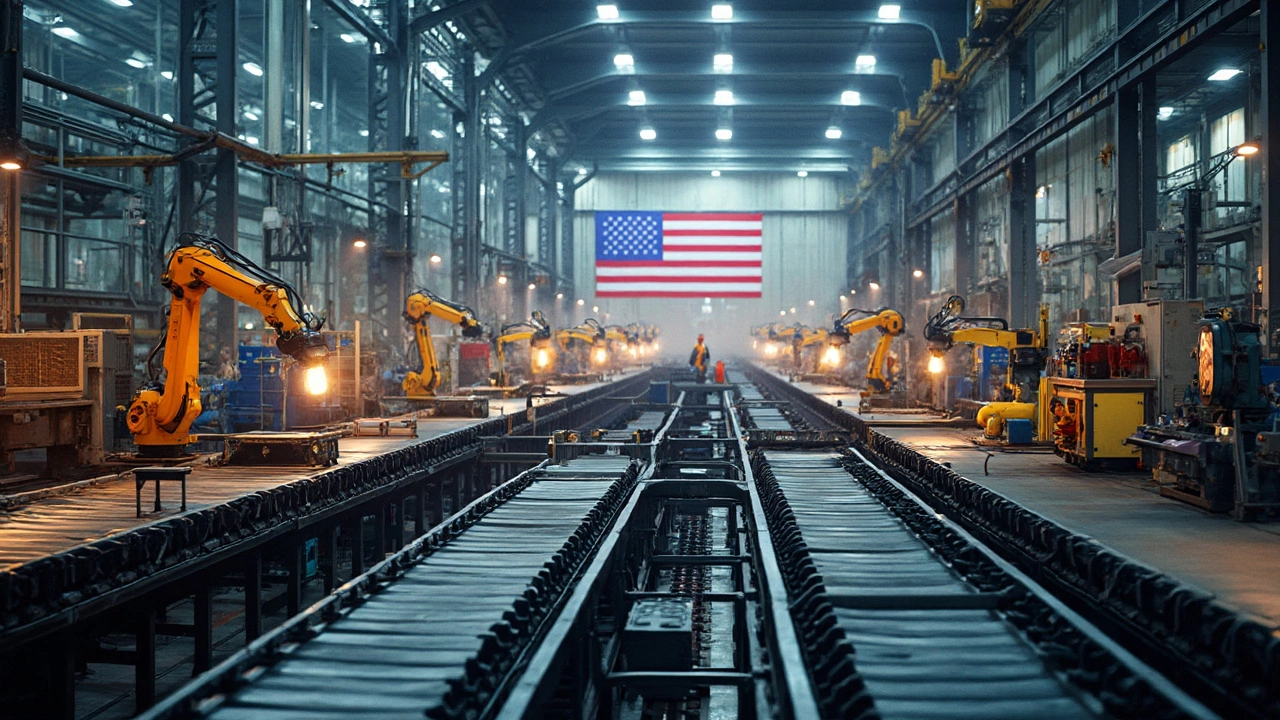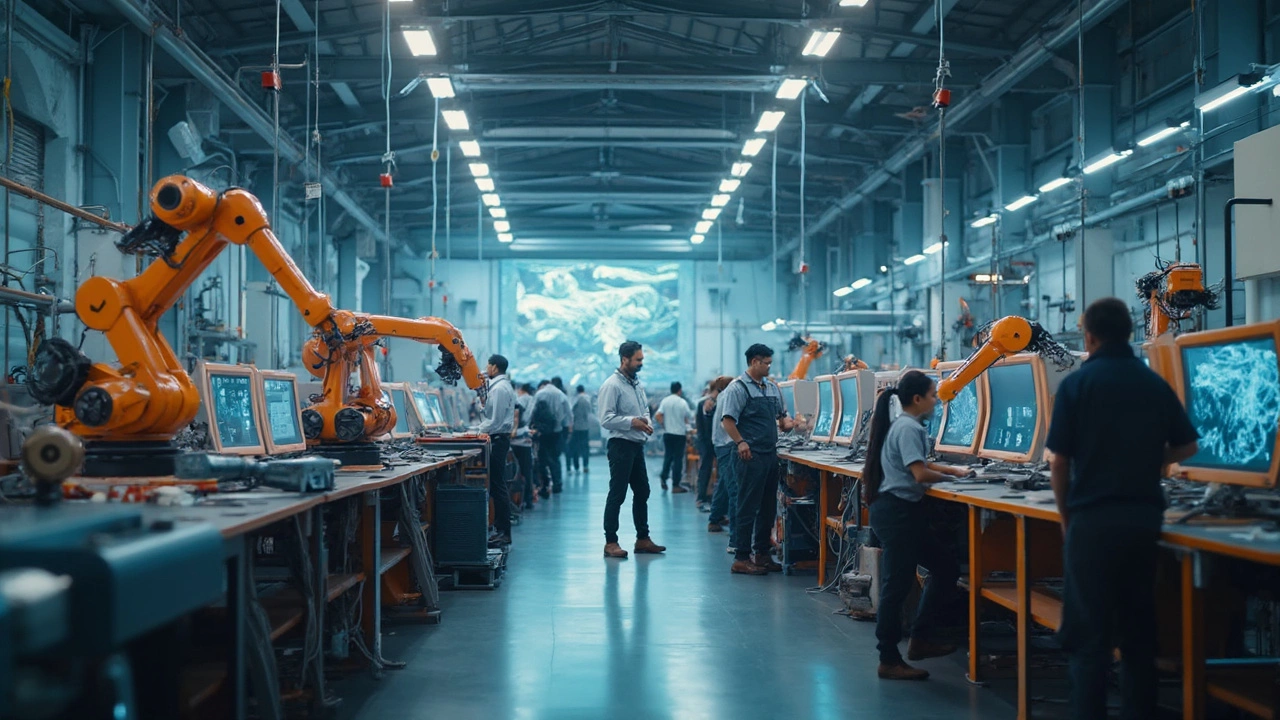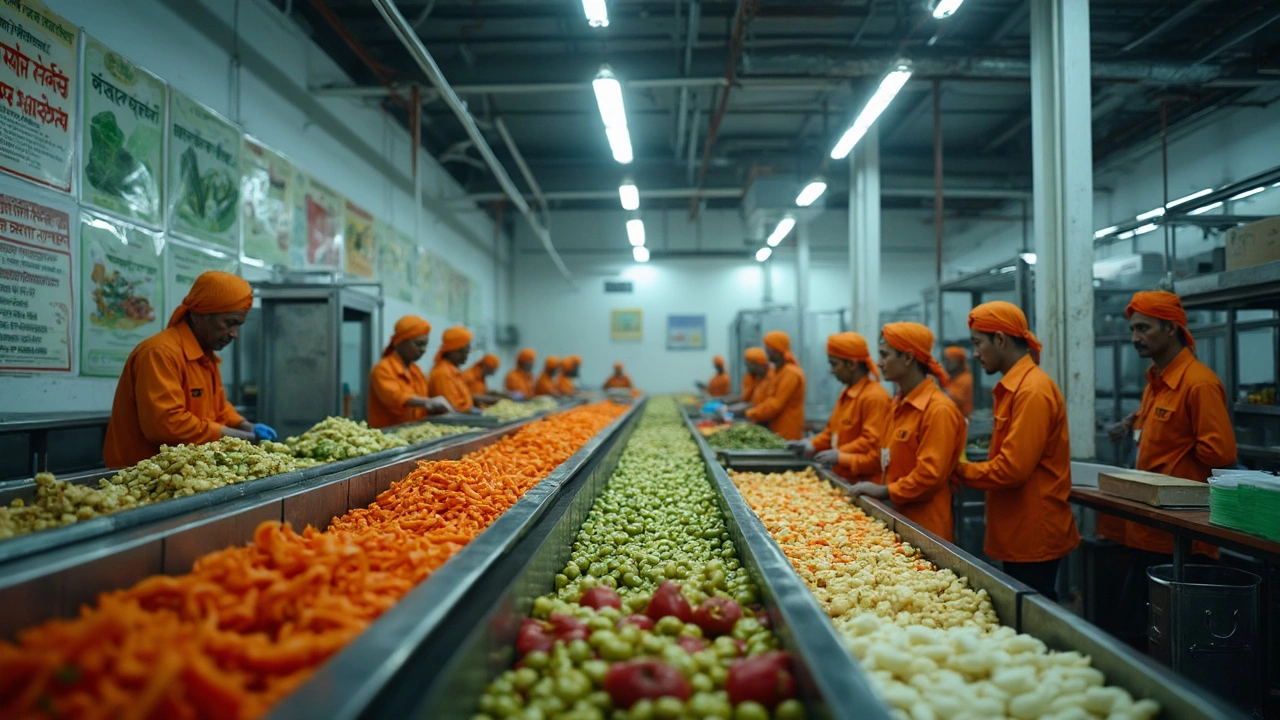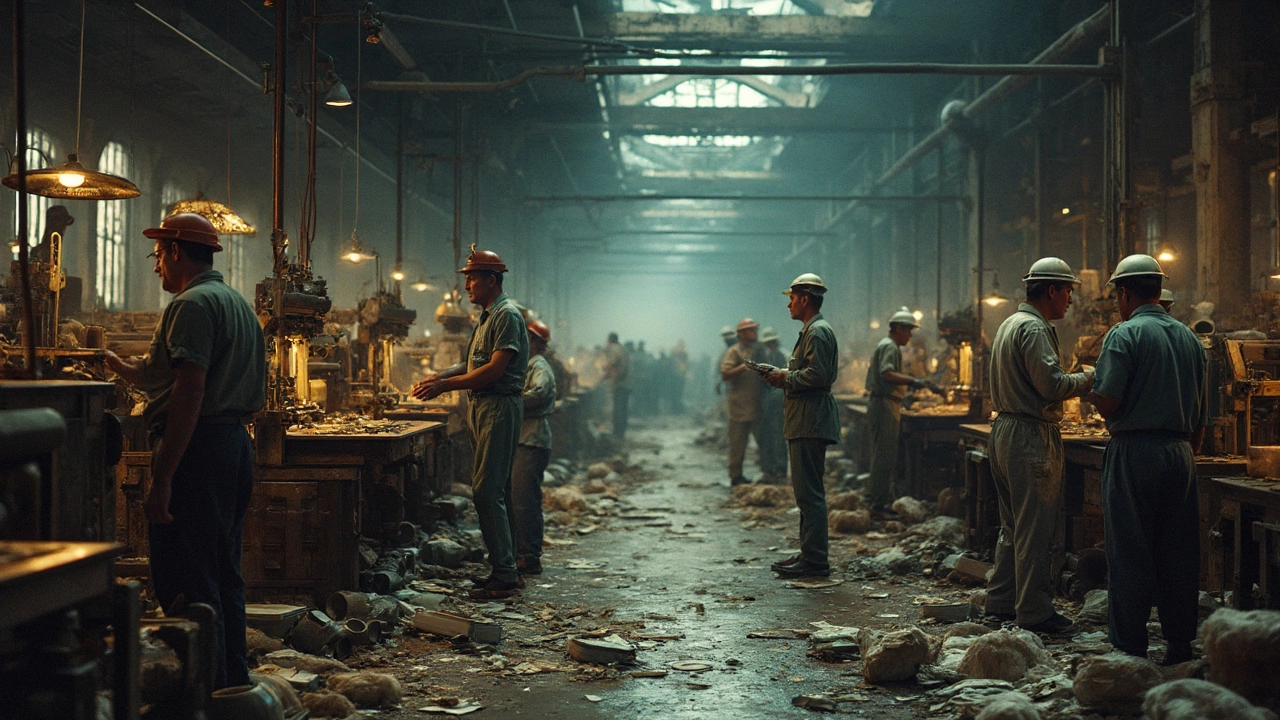Manufacturing Insights You Can Use Right Now
If you’re curious about what’s shaping factories today, you’ve come to the right place. From India’s booming pharma labs to the 7 wastes that hurt every production line, we break down the big ideas in plain English. No jargon, no fluff – just useful facts you can apply.
India is fast becoming a manufacturing powerhouse. The country’s pharma industry, for example, exports a huge share of the world’s generic medicines thanks to low costs, huge capacity, and skilled workers. Same story applies to textiles in Gujarat, auto plants in Mumbai, and even IKEA’s new furniture factories that lean on local suppliers. Those stories show how cost, skill and policy combine to give India a competitive edge.
Lean Lessons: Cutting the 7 Wastes
Lean manufacturing isn’t a buzzword – it’s a toolbox for cutting waste and boosting profit. The classic “7 wastes” include overproduction, waiting, transport, extra processing, inventory, motion, and defects. Spotting any of these in a shop floor can save thousands. For instance, a small electronics maker in Bangalore trimmed its waiting time by 30% simply by reorganising the work‑cell layout. The result? Faster delivery and happier customers.
Applying lean doesn’t mean a full‑blown overhaul. Start with one waste, measure the impact, then move to the next. Use visual boards, daily stand‑ups, and simple data collection to keep everyone on track.
Global Perspectives: Where the Big Players Are
Outside India, China still dominates electronics manufacturing, supplying everything from smartphones to smart‑home devices. The U.S. imports most of its industrial machinery from a handful of countries, with Germany and Japan leading the pack. Meanwhile, the steel world still looks to Pittsburgh, the historic “Steel City,” for lessons in heritage and modern reinvention.
These global trends matter because supply chains are interconnected. A delay in a Chinese chip factory can ripple through an Indian car plant, which then affects a U.S. assembly line. Understanding where key components come from helps you plan better, whether you’re a small‑scale entrepreneur or a large OEM.
So, what can you take away right now? First, keep an eye on India’s rising sectors – pharma, textiles, and furniture are hot. Second, start small with lean: pick one waste, fix it, and watch the profit boost. Third, map out your supply chain’s critical points and have a backup plan for the biggest suppliers.
Manufacturing is a moving target, but the fundamentals stay the same: control costs, improve quality, and stay flexible. Use these insights to stay ahead, whether you run a workshop in Delhi or manage a plant in Detroit.

Cheapest Country to Manufacture: Where Factory Dreams Cost Less
Trying to figure out the most affordable country to start manufacturing? This article cuts through the noise and gives you the real scoop on where costs are lowest right now. From labor expenses to supply chain tips, you'll get practical examples and down-to-earth advice for anyone wanting to launch a production startup without burning through cash. Expect real numbers, honest warnings, and things other guides totally ignore. Manufacturing abroad doesn't need to be a minefield if you know what to look for.

Manufacturing Leader: Which State Tops the List?
Discover which state leads the nation in manufacturing output and jobs. This article digs into why that state holds the top spot, including government programs and real numbers. Find out how local policies shape success on the factory floor. See how other leading states compare, and pick up tips if you want your business to tap into these hot areas. Get a real-world take on America’s manufacturing engine.

High Demand Industries in Manufacturing: What's Booming Right Now?
Manufacturing is getting a fresh boost with a new wave of high-demand industries. This article covers what's hot in manufacturing right now, why these sectors are booming, and where the opportunities are for fresh business ideas. Whether you're thinking of starting up or looking for the next big thing, this guide breaks down key facts and trends. Expect tips that are straight to the point, real-world examples, and advice that's genuinely useful. Dive in if you're serious about making moves in manufacturing.

Most Profitable Manufacturing Businesses Right Now
Trying to figure out which manufacturing business will bring in the biggest profits in 2025? This article breaks down the most promising ideas, why they’re hot, and how small entrepreneurs can get started. We’ll cut the fluff and focus only on options that truly make sense right now. Get real-world advice, key facts, and avoid common pitfalls. If profit’s on your mind, this is your shortcut to the most lucrative manufacturing opportunities.

Food Units: The Backbone of Efficient Food Processing
Food units are the building blocks of food processing, where raw ingredients are turned into finished products ready for the market. This article breaks down what food units actually are, how they work, and why they matter for manufacturers and consumers alike. You'll get to know the different types of food units, important equipment inside, and safety rules that keep everything running smoothly. We also dig into the recent trends in the food processing industry and share tips for running a successful food unit. Whether you're in the food business or just curious, you'll find practical advice and real-world examples here.

Manufacturing Disadvantages: What You Don’t Hear About Government Schemes
Manufacturing comes with big promises, especially when government schemes get involved. But there’s a flip side that rarely gets the spotlight. This article breaks down the real disadvantages of manufacturing, focusing on what these government schemes might not tell you upfront. From hidden costs to unpredictable hurdles, you’ll see what really goes on behind the factory walls. Find out how practical tips and facts can help you dodge the common pitfalls.

Understanding BOM and MOM in Manufacturing
In manufacturing, BOM (Bill of Materials) and MOM (Manufacturing Operations Management) are crucial concepts though often confused. BOM refers to the comprehensive list of components, materials, and instructions required to construct, produce, or repair a product. On the other hand, MOM focuses on the methods and processes necessary for efficient production operations. Knowing the difference between these two is essential for optimizing production lines and ensuring smooth operations.

Top Money-Making Manufacturing Business in a Day
Discover which manufacturing businesses can rake in the most cash in a single day. This article explores various lucrative business ideas, focusing on the potential for daily profits. Learn about emerging trends, high-margin products, and strategies to capitalize on market demand efficiently. It’s not just about starting a business; it's about choosing the right one with maximum earning potential.

Most In-Demand Plastics in Manufacturing Today
The article explores the types of plastics currently in high demand in the manufacturing sector. It examines market trends, focusing on why certain plastics are favored due to factors like durability, cost, and recyclability. Whether it's because of environmental concerns or evolving technological capabilities, understanding which plastics are trending can help companies make informed production decisions. Insights and practical tips are given for businesses to align with current demand.

Asia's Largest Furniture Market: Uncovering the Indian Giant
Discover why India holds the title for Asia's largest furniture market. Learn about the industry's rapid growth, technological innovations, and global impact. This article provides a glimpse into market dynamics, key players, and what sets India apart as a leader in furniture manufacturing.

Innovative Products That Could Revolutionize Manufacturing
The manufacturing world thrives on innovation, yet there are still unexplored ideas waiting to become reality. Imagine the possibilities with smart fabrics that adapt to the weather, personalized health monitoring wearables, and eco-friendly packaging. Exploring the gap between today's technology and future needs can spark the next big manufacturing idea. Dive into these concepts and discover how untapped products could shape the industry.

Understanding the Government's Definition of Manufacturing
The government's definition of manufacturing plays a critical role in shaping policy and providing economic incentives. This article delves into what exactly constitutes manufacturing in the eyes of government bodies, exploring the criteria and classifications used. It also highlights the impacts on industry players and how this definition influences access to various government schemes. By outlining key facts and tips, readers can better understand how their manufacturing business fits within regulatory frameworks.











